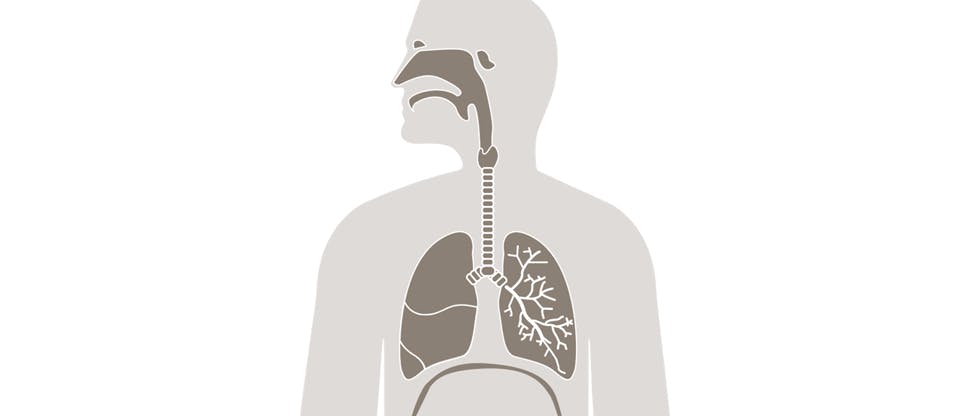What Causes a Cough?

Coughing is a natural and necessary reflex
Coughing is a physiological defensive response of the respiratory system in an attempt to keep the airways clear.
As sensory cough receptors contained in the lungs and airways are stimulated by irritants, signals are sent to the brain’s cough centre and cerebral cortex and then onwards to the brain stem. From here, effector neurons communicate with the diaphragm and intercostal muscles to contract.5 The subsequent coordinated action of the larynx and abdominal muscles force air from the larynx at speed, causing the typical coughing motion.5,6

The effects of climate change on cough
It is now widely accepted that climate change is occurring due to global warming. As a result, global average temperatures are rising, and this also has an impact on communities around the world.
Climate change was deemed a public health crisis by the American Medical Association in 2022, due to the consequences on general health that could result from a warming planet.12
As extreme wildfires have increased in frequency and ferocity, in part due to climate change, this has also led to an increase in harmful particles such as PM2.5 being emitted, and also, inhaled by humans.13,14
Particles of this size are much smaller than human hair, dust, pollen and mould, even human red blood cells.15 PM2.5 is a concern when inhaled at very high levels as the particles are a small size, meaning they can be inhaled easily, deep into the lungs, and in some cases can enter the bloodstream.
Inhalation can lead to both short- and long-term health issues including but not limited to coughing, nose, throat, eye and lung irritation, asthma, cardiovascular damage and even increased mortality for those with lung and/or heart disease.13,14
As a healthcare professional, some of your patients with asthma or COPD, may be more susceptible to inhaling PM 2.5 particles, if for instance, they live near busy roads or in areas with high levels of traffic. Understanding more about your patients can help you offer them better treatment methods.16,17
Panadol Cold & Flu – Trusted Formulations for Relief from Cold and Flu Symptoms

The Panadol C&F range
Find out about the Panadol Cold & Flu range and how to help your patients get rid of their coughs.



